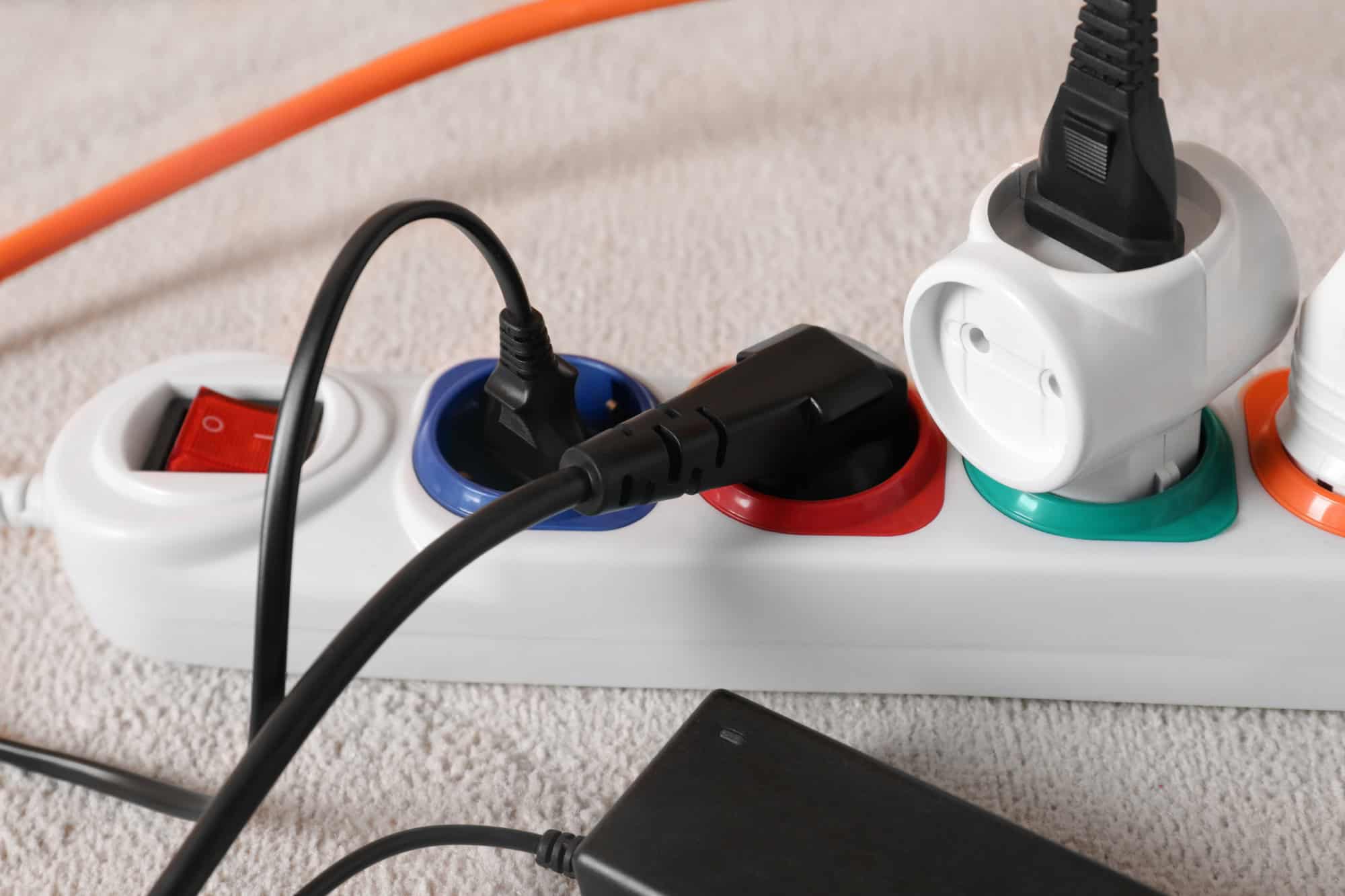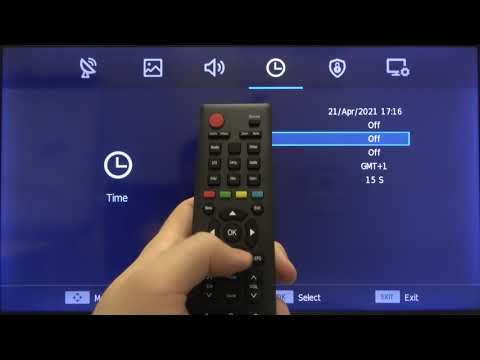If your Hisense TV keeps turning on and off, it could be due to any of the following:
- Power Supply Conflicts (Insufficient/Inconsistent Power Flow).
- Compromised Mainboards.
- Active or Glitched Sleep Timers.
It’s understandably frustrating if your Hisense TV randomly shuts down – especially when you were in the middle of binging something on Netflix or Peacock!
For what it’s worth, the majority of the issues will be simple to handle, and the few that aren’t have the decency to be easy to identify. Just bear with the process and don’t feel ashamed if you have to rely on professional support to deal with your troublesome Hisense TV.
Why Is My Hisense TV Turning Off After Powering On?
Power Supply Problems
If your Hisense TV keeps turning on and off, it might be due to issues with your energy supply. You’ll need to be mindful of your power cable, outlet, and power strips in use.
Power Cable
Your TV’s power cables need to supply steady, sufficient energy to keep it running. Most TVs are completely dependent on external power, as they rarely have built-in batteries.
A damaged power cable may suffer from reduced power output, which may not be sufficient to support normal playback. It may also have intermittent power fluctuations, causing irritatingly random power losses for your Hisense TV.
In general, you’ll want to deal with compromised power cables ASAP. Light damage can be mended with some electrical tape, but stuff like exposed wiring warrants full replacement.
While TV components are usually hard to get replaced, power cables are an exception – retailers typically stock a ton of spares, and your issue would actually be finding the right type. To avoid this problem, be sure to bring your old cable as a reference.
Outlet
An old or damaged outlet may be the reason your Hisense TV keeps turning on and off. A lot of problems with compromised power cables happen to overlap with broken outlets, but damaged outlets also pose a more immediate fire hazard due to potential spark generation.
Fortunately, it’s easy to tell if an outlet is busted – try plugging in a different device. If you encounter issues similar to your Hisense TV experience, you can be certain the outlet is ruined.
Power Strips

Power strips are accessories that allow more devices to connect to a single outlet at once. These come with a few safety features that could catch you and your Hisense TV by surprise!
Typically, power strips come with surge protectors – these protect devices from voltage spikes that would have otherwise fried sensitive components.
Most of the time, these err on the side of caution, so even minor power fluctuations could have it shut down prematurely. These accessories have an upper limit to their maximum power rating – going past that overloads the circuit, causing it to trip and subsequently cut off power.
Power strips are great, but if you can avoid using them for your Hisense TV, we’d advise doing so – while TVs aren’t as energy-intensive as they used to be, they still require a ton of power to run. It’s better to leave them to dedicated outlets instead.
Compromised Mainboard
Your Hisense TV might be turning on and off due to a broken mainboard.
To clarify, the mainboard is a very important part of your Hisense unit – it’s the circuit board controlling your TV that processes all incoming signals from external inputs. It regulates the majority of its functions, including power, so a faulty mainboard will hamstring your TV.
Your mainboard can have ruined components or other physical damage (including water damage), causing it to short-circuit upon activation. Short-circuiting means that there’s a connection on your mainboard that shouldn’t exist, leading to pre-emptive shutdowns to prevent overheating.
Unfortunately, mainboard difficulties require professional assistance. Tinkering with it on your own is a recipe for disaster, even for users with technical expertise. It’s best to let your retailer – or better yet, someone from Hisense – handle this issue on your behalf.
Disable Your Sleep Timer
Modern TVs often come with this feature to mitigate needless power consumption.
Sleep timers (or Idle timers for Seiki TVs) work by automatically turning off the unit after a certain period of time without inputs. While the average length before shutdown differs between models, it’s usually somewhere around 15 or 30 minutes for Hisense TVs.
If your Hisense TV is turning off right after turning on, it might be due to a glitch causing your sleep timer to activate prematurely. What makes this so distinct is that this is the only problem in this guide that’s caused chiefly by software conflicts rather than hardware issues.
Here’s how to access and disable the sleep timer on your Hisense TV:
- From the remote, select “Settings”.
- Navigate towards “Time” by tapping the right arrow thrice.
- Scroll down to “Sleep Timer”.
- Toggle it “Off”.
- Save and confirm changes with “OK” on your remote.
Could Factory Resetting My Hisense TV Fix This?
Unfortunately, a factory reset won’t help if your Hisense TV keeps turning on and off.
While it’s true that a factory reset should neatly settle almost all software conflicts, users are unable to do so using the available buttons on their TV alone (unlike for Insignia TVs!).
Hisense TV owners will require both a remote and functioning display to manage a reset, which may not be accessible (or even possible!) if the problem is particularly debilitating.
If there’s a gap between your Hisense TV's random shutdowns you may have some leeway to work around, but a Hisense TV turning on and immediately off will deny you the chance to intervene. In these cases, you’ll have to resort to professional assistance to handle the problem.


